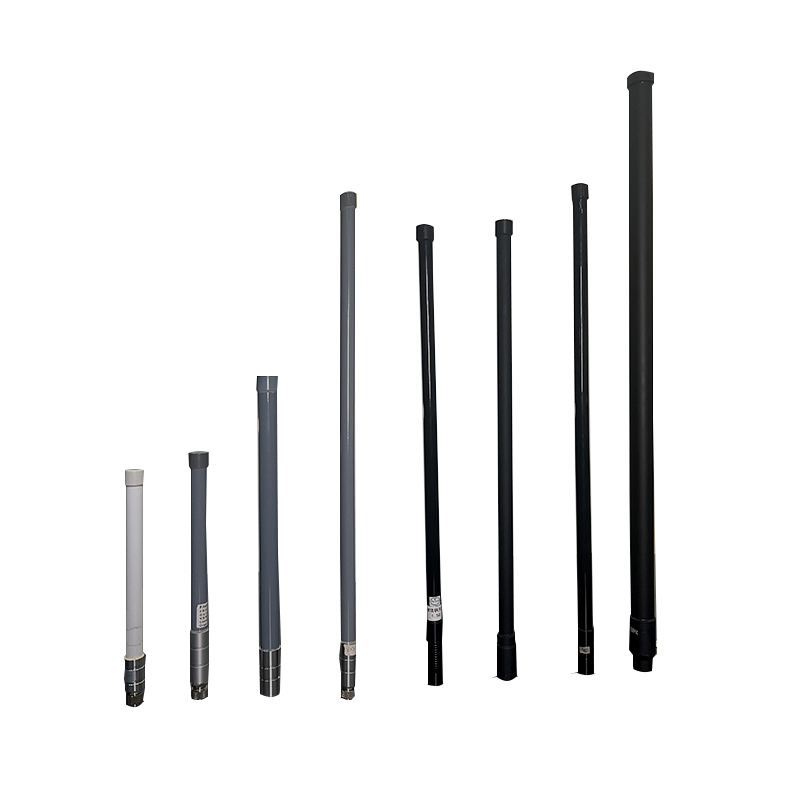- Home
- Service
- Product Center
- Application
- About Us
- Videos
- News
- Contact Us
2025-05-24 09:39:33

A fiberglass antenna is a type of omnidirectional or Directional Antenna encased in a fiberglass sheath, designed to withstand harsh environmental conditions like rain, UV exposure, wind, and extreme temperatures. They are commonly used in outdoor wireless networks, marine communication, amateur radio, IoT sensor networks, and more.
In the era of smart cities, IoT, and AI-driven automation, robust and reliable communication systems are more important than ever. Whether you're deploying a remote sensor network, setting up a weather monitoring station, or creating an AI-powered surveillance system, your antenna choice can make or break the performance. Among various types, fiberglass antennas have emerged as a favorite for outdoor use due to their durability, versatility, and performance. But how do you choose the right one?
In this post, we'll guide you through the key factors to consider when selecting a fiberglass antenna for outdoor AI applications.
Understand Your AI Application's Needs
Start by defining what your system needs to do:
AI Surveillance Systems need long-range, high-bandwidth connectivity (e.g., 5G, Wi-Fi, LoRa).
IoT Networks for AI Analytics may prioritize low-power, long-range communication (e.g., LoRaWAN).
Autonomous Drones or Robots may need multi-frequency support and strong signal integrity.
Frequency Range Compatibility
Every antenna is designed to operate within specific frequency bands. Fiberglass antennas are commonly available for:
VHF/UHF (Very High Frequency / Ultra High Frequency)
LoRa / LoRaWAN (868 MHz / 915 MHz)
Wi-Fi (2.4 GHz / 5.8 GHz)
Cellular / 4G / 5G bands
Antenna Gain (dBi) affects signal strength and range. Higher gain antennas provide longer range but are more directional.
Radiation Pattern determines how the signal spreads. For example:
OmniDirectional Antennas (common in fiberglass models) broadcast evenly in all directions — ideal for central communication hubs.
Directional Antennas focus the signal in one direction — better for point-to-point communication.
For most outdoor AI and IoT applications, omnidirectional fiberglass antennas with moderate gain (5–9 dBi) strike the right balance between coverage and performance.
Outdoor antennas must withstand extreme weather conditions. Look for:
UV-resistant fiberglass material
Sealed or weatherproof construction (IP65 or above)
Corrosion-resistant mounting hardware
Temperature and wind resistance ratings
Proper antenna placement is crucial for signal performance. Choose a model that suits your installation:
Pole-mount or wall-mount options are standard.
Ensure the antenna has a clear line of sight, especially for directional setups.
Avoid metal obstructions or sources of interference near the antenna.
Check for compatibility with your radio or modem:
Common connectors: N-Type, SMA, RP-SMA
Minimize cable length or use low-loss coaxial cables to preserve signal strength.
Some modern antennas and gateways offer AI-enhanced features such as:
Self-optimizing beamforming
Signal anomaly detection
Real-time network analytics
Choosing the right fiberglass antenna isn't just about durability — it's about matching the antenna's specs to your AI-driven outdoor application. From smart agriculture to intelligent transportation systems, a well-chosen antenna ensures strong connectivity, reliable performance, and long-term success.
Always consider:
Frequency compatibility
Gain and radiation pattern
Environmental durability
AI system integration
Contact Here: www.rflinkantenna.com/contact-us